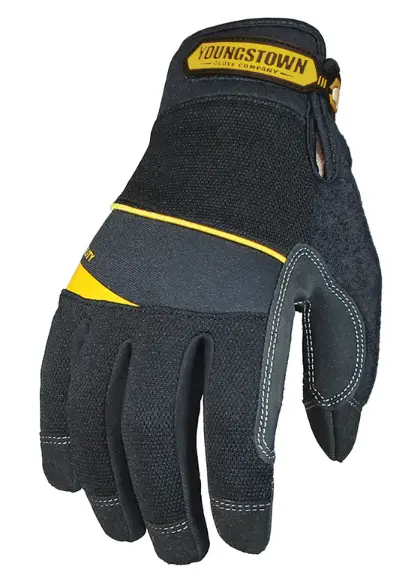Ground Fault Relays
Motor Protection Relays
Coordinating Motor Protection Relays
Overcurrent Relays
Coordination Challenges in Overcurrent Relay Protection
Digital or Numerical Relays
Enhancing Power System Stability with Numerical Relays
Distance Protection Relays
Integration of Distance Protection Relays with Wide Area Monitoring Systems
Solid-State Relays (SSR)
Integration of SSRs with Communication Protocols
Protective Relays
Distance Relay Challenges in Meshed Networks
Distance protection relays are widely deployed in transmission line protection, relying on measured impedance to identify fault location. While effective in radial systems with well-defined power flow directions, meshed networks present unique challenges for distance relay coordination. In meshed networks, multiple paths exist for current flow, making it more complex to ensure proper fault clearing and selectivity with distance relays. This article explores the intricacies of distance protection coordination in meshed networks and strategies to overcome these challenges.
Meshed networks, characterized by multiple interconnections and paths for power flow, offer improved reliability and flexibility in electrical power systems. However, these networks pose significant challenges for distance protection relays, especially in terms of fault clearing and selectivity.
The Complexity of Meshed Networks
Meshed networks offer several advantages, such as improved reliability and redundancy compared to radial systems. However, for distance protection, the interconnected nature of meshed networks introduces complexities:
- Multiple Current Paths: During a fault, current can flow through multiple paths in a meshed network. This can lead to a situation where a relay sees a fault current even if the fault is located beyond its protected line section. This phenomenon, known as "reach over," can cause the relay to trip unnecessarily,...

















